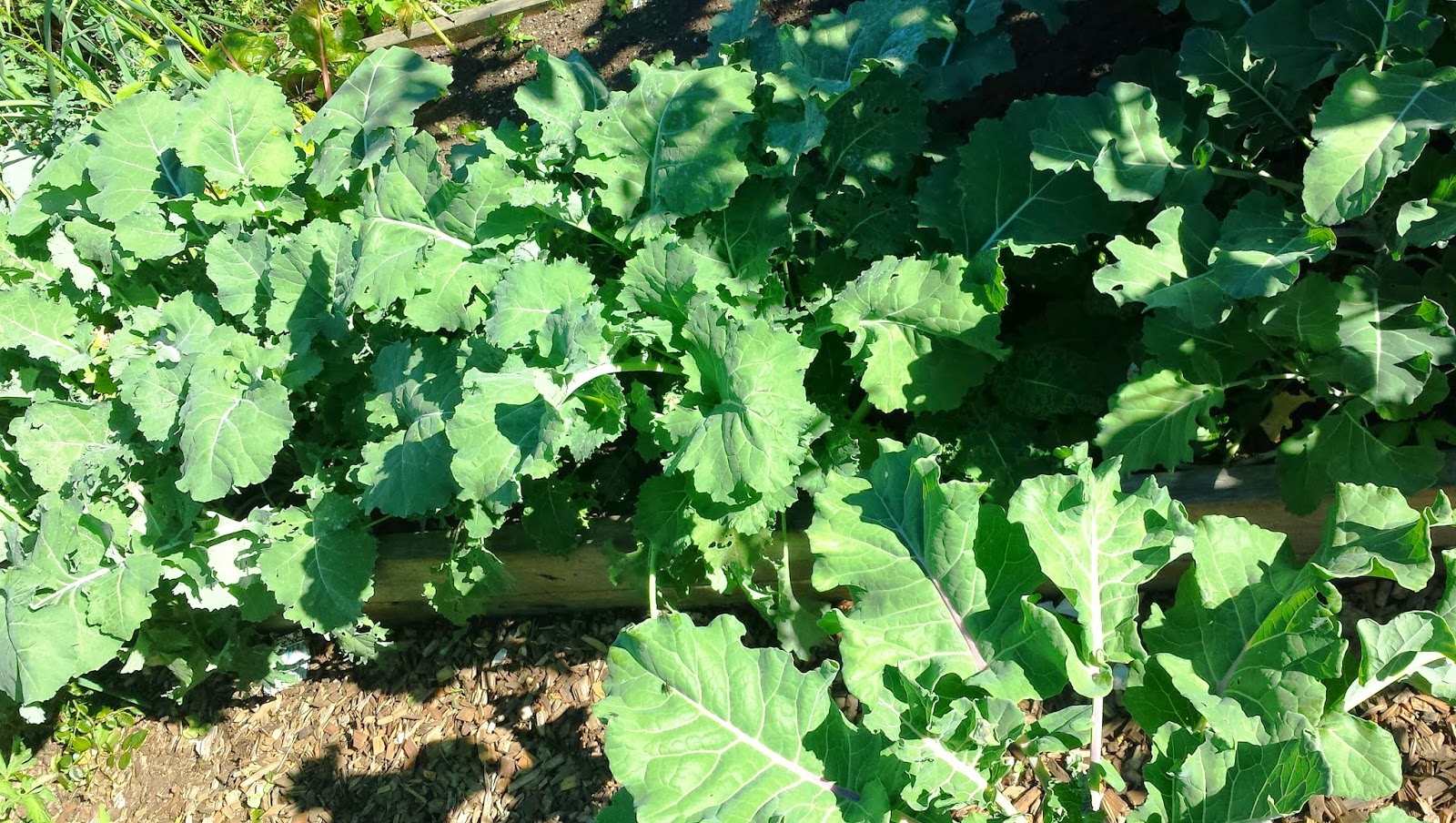Outdoor garden: (from right to left)
First bed: Western bed: Squash. Lots of squash.
Second bed: Beans, sunflowers, deal, zucchini.
Third bed: tomatoes, lots of tomatoes. Also marigolds and
sage.
Fourth bed: Corn in front. Garlic in back.
Fifth bed: Kale in front; onions and carrots in the middle; kale
in back.
Sixth bed: Easternmost bed: peas in the spring. Beans and
tomatoes and kale and some sort of strange lettuce thing in summer and fall.
Seventh bed: Southeast bed: Kale, garlic, Swiss chard,
parsnips, etc.
Eighth bed: Southwest bed: Lots of rhubarb. Lots of
raspberries.
Three beds in the
back of the greenhouse: (from right to left)
Indoor bed 1. West bed: Peppers in front, peppers in the middle, watermelon in back. Note: don't do watermelon again.
Indoor bed 1. West bed: Peppers in front, peppers in the middle, watermelon in back. Note: don't do watermelon again.
Indoor bed 2. Middle bed: Peppers front and middle.
Watermelon in back.
Indoor bed 3. East bed: Tomatoes in front; tomatillos in the
middle, melons in back.






















































